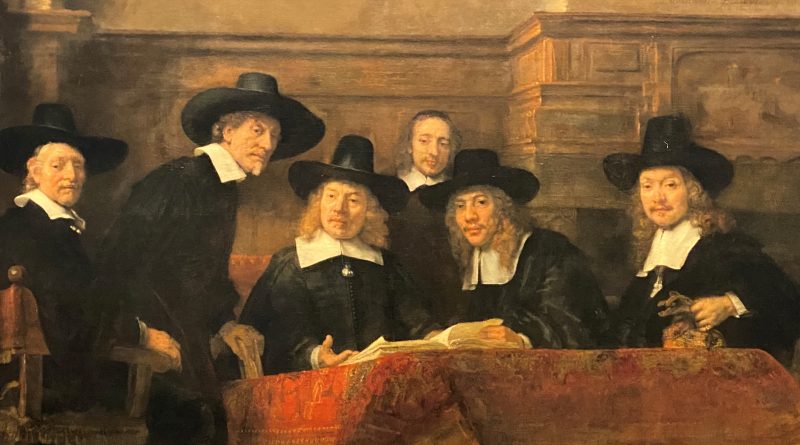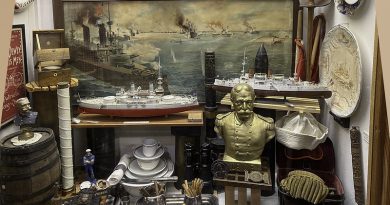Rembrandt, Vermeer and Hals: Artists of the Dutch Golden Age
Dutch Golden Age painting followed many of the tendencies that dominated Baroque art in other parts of Europe, such as Caravaggesque and naturalism, but was the leader in developing the subjects of still life, landscape, and genre painting. Portraiture was also popular.
Church art was virtually non-existent, and little sculpture of any kind was produced. While art collecting and painting for the open market was also common elsewhere, art historians point to the growing number of wealthy Dutch middle-class and successful mercantile patrons as driving forces in the popularity of certain pictorial subjects.
In the Netherlands in the 17th century, social status was largely determined by income. The landed nobility had relatively little importance, It was the urban merchant class that dominated Dutch society.
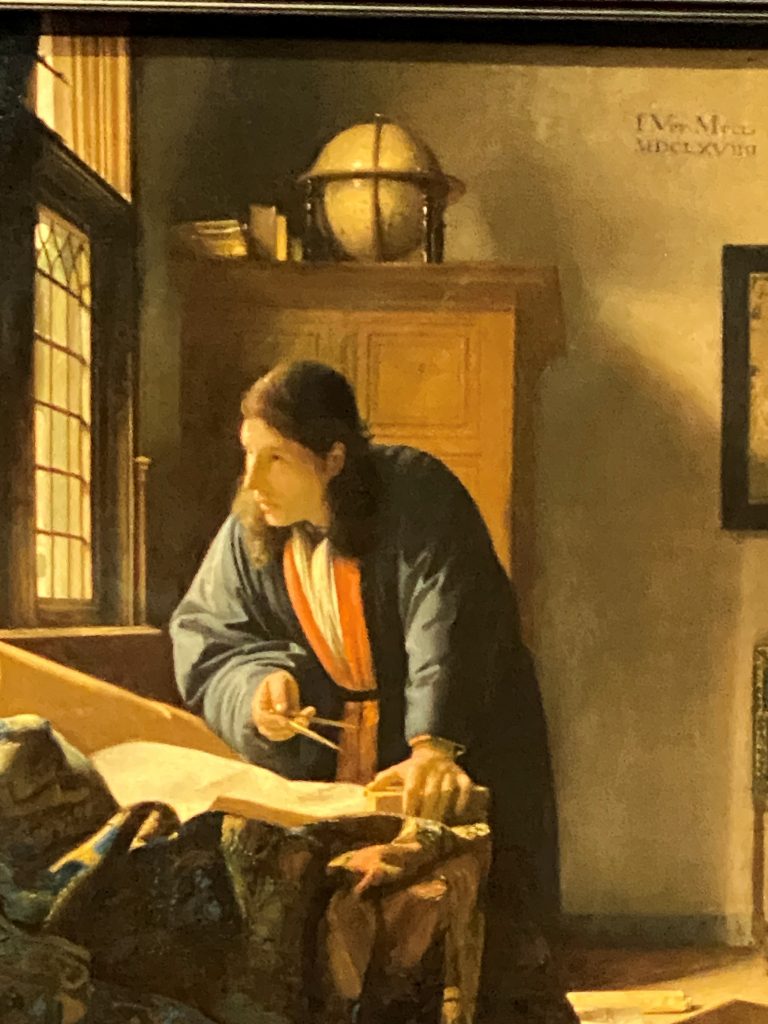
The clergy did not have much worldly influence either: the Roman Catholic Church had been more or less suppressed since the onset of the Eighty Years’ War with Spain. The new Protestant movement was divided, although exercising social control in many areas to an even greater extent than under the Catholic Church.
Workers and labourers were generally paid better than in most of Europe, and enjoyed relatively high living standards, although they also paid higher than normal taxes. Farmers prospered from mainly cash crops needed to support the urban and seafaring population.
This trend, along with the lack of Counter-Reformation church patronage that dominated the arts in Catholic Europe, resulted in the great number of “scenes of everyday life” or genre paintings, and other secular subjects.
Landscapes and seascapes, for example, reflect the land reclaimed from the sea and the sources of trade and naval power that mark the Republic’s Golden Age.
Where rich aristocrats often became patrons of art in other countries, because of their comparative absence in the Netherlands this role was played by wealthy merchants and other patricians.
Centres of cultural activity were town militia and chambers of rhetoric. The former were created for town defence and policing, but also served as a meeting-place for the well-to-do, who were proud to play a prominent part and paid well to see this preserved for posterity by means of a group portrait. The latter were associations at a city level that fostered literary activities, like poetry, drama and discussions, often through contests. Cities took pride in their associations and promoted them.
One subject that is quite characteristic of Dutch Baroque painting is the large group portrait, especially of civic and militia guilds, such as Rembrandt van Rijn’s Night Watch. A special genre of still life was the so-called pronkstilleven (Dutch for ‘ostentatious still life’). This style of ornate still-life painting was developed in the 1640s in Antwerp by Flemish artists such as Frans Snyders, Osias Beert, Adriaen van Utrecht and a whole generation of Dutch Golden Age painters. They painted still lives that emphasized abundance by depicting a diversity of objects, fruits, flowers and dead game, often together with living people and animals. The style was soon adopted by artists from the Dutch Republic.
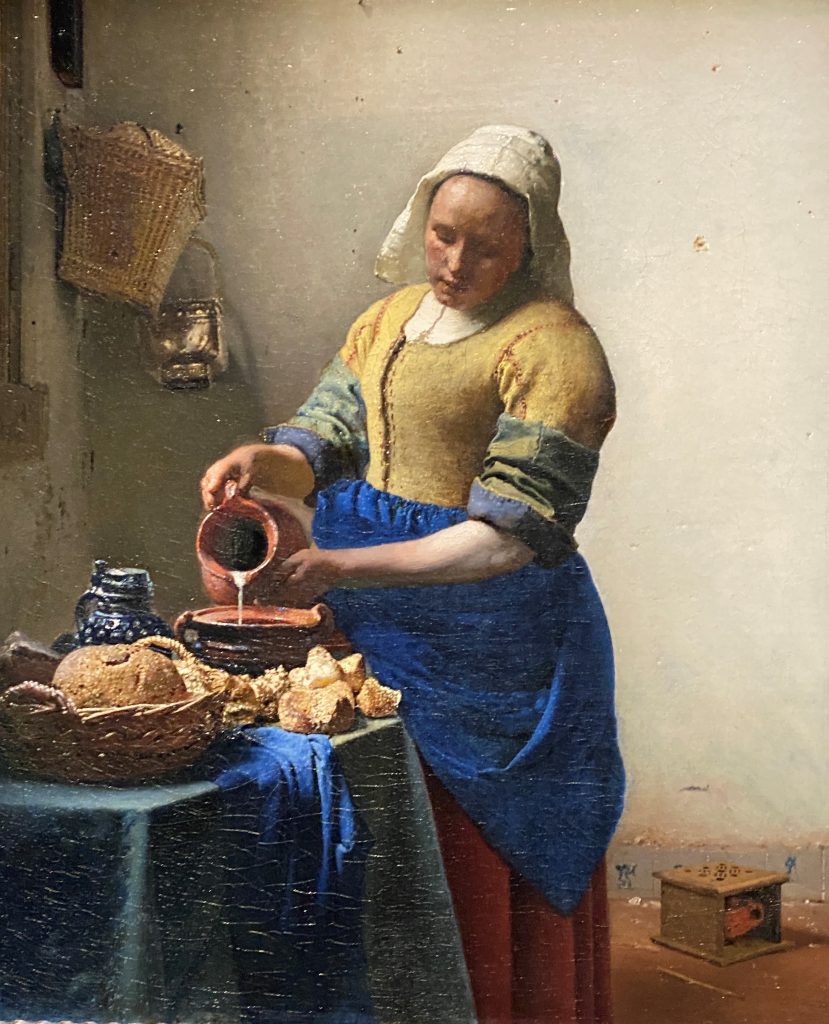
Today, the best-known painters of the Dutch Golden Age are the period’s most dominant figure Rembrandt, the Delft master of genre Johannes Vermeer, the innovative landscape painter Jacob van Ruisdael, and Frans Hals, who infused new life into portraiture. Some notable artistic styles and trends include Haarlem Mannerism, Utrecht Caravaggism, the School of Delft, the Leiden fijnschilders, and Dutch classicism.
A number of Amsterdam’s famous residents have had their homes preserved and turned into museums, most notably that of Rembrandt Van Rijn.
Rembrandt House, Amsterdam
Rembrandt lived and worked in the house between 1639 and 1656. The 17th-century interior has been reconstructed. The collection contains Rembrandt’s etchings and paintings of his contemporaries.
Rembrandt lived here until he went bankrupt in 1656, when all his belongings went on auction. The auction list enabled the reconstructions of all his belongings which are also on display in the house.
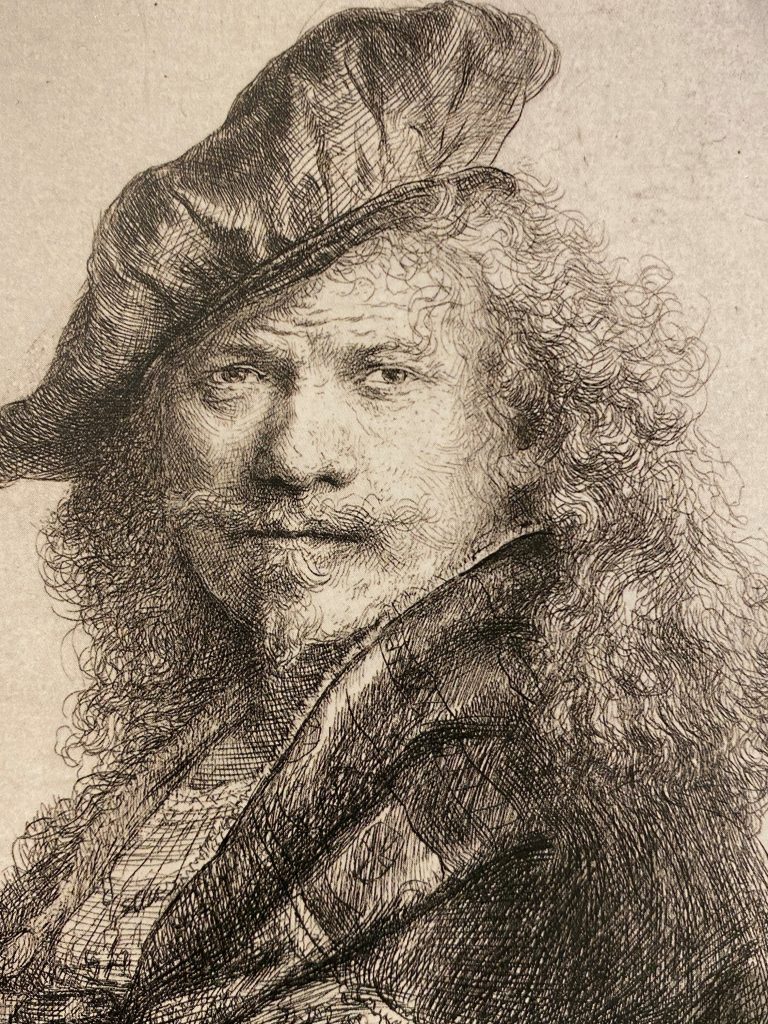
The Night Watch
The Night Watch is one of the most famous Dutch Golden Age paintings. It depicts the eponymous company moving out, led by Captain Frans Banninck Cocq (dressed in black, with a red sash) and his lieutenant, Willem van Ruytenburch (dressed in yellow, with a white sash). Captain Frans Banninck Cocq He became captain of the militia after returning to Amsterdam. In 1630 he married Maria Overlander van Purmerland, the only surviving child of Volkert Overlander, merchant and one of the founders of the Dutch East Trading Company, and a few times burgemeester of Amsterdam. When his father-in-law died, Banninck Cocq inherited his properties.
Portraiture
Amsterdam in the 17th century was enjoying its Golden Age. Freed from Spanish Catholic rule after a bitter war, the new Protestant nation had become a major European force thanks to its sea and trading power.
The Rijksmuseum holds many of the treasures from this era of boom ,and eventually bust, symbolised by the work of great master artists such as Rembrandt.
His masterpiece, the Night Watch, remains one of the defining works from the Age.
The Golden Age masters made their reputations in portraiture. Their representations of society players in newly independent Protestant Holland is among their best known work. But they also dabbled in landscapes, still life, and everyday life.
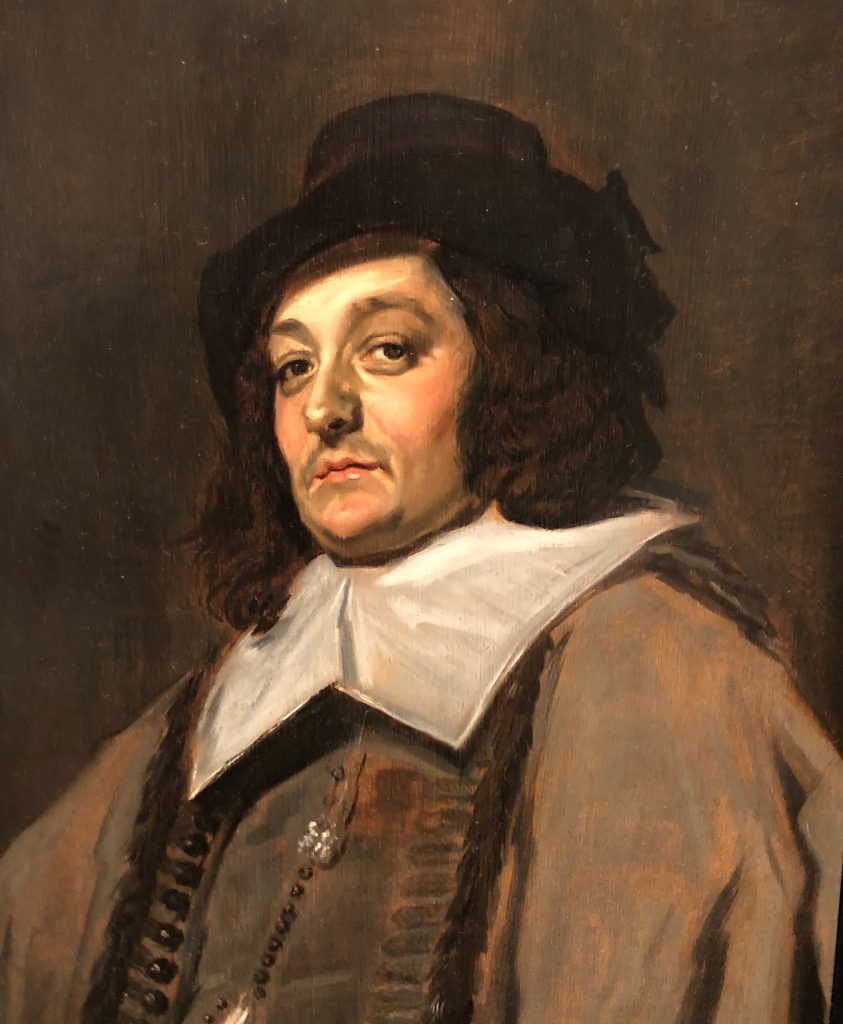
From Amsterdam, a picturesque ride through the back routes and canals along bike trails which avoid the traffic take you to nearby Haarlem, home to a museum which exhibits the work of Frans Hals, another master painter from the Golden Age.
Hals is overshadowed by Rembrandt but as a portrait painter he is seen by some critics as his equal . Hals too painted some exquisite portraits of members of Dutch Society in the 17th century.
*Meeting of the Officers and Sergeants of the
Hals lived and painted into his 80s and the museum is located in a poor house in Haarlem where he produced a lot of his later work.
Delft, like many Dutch cities, then grew rich during the Golden Age as trade and business soared. Delft became famous for its reproduction of Chinese porcelain, which provided the foundation for Delft’s pottery businesses.
Wealth created the demand for art and Vermeer, like Rembrandt and Hals, was sort after as a portrait artist although he is best known for his exquisite use of light and as a painter of daily life and ordinary people.
Vermeer painted less than 50 pictures in his lifetime but they have become among the list valuable of the Golden Age masterpieces.

